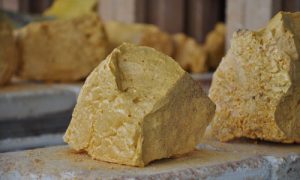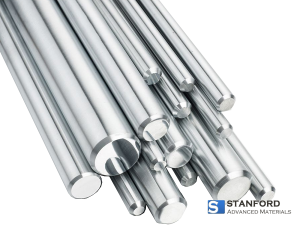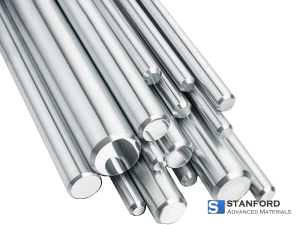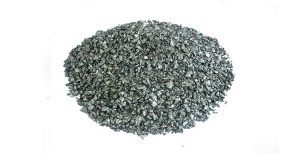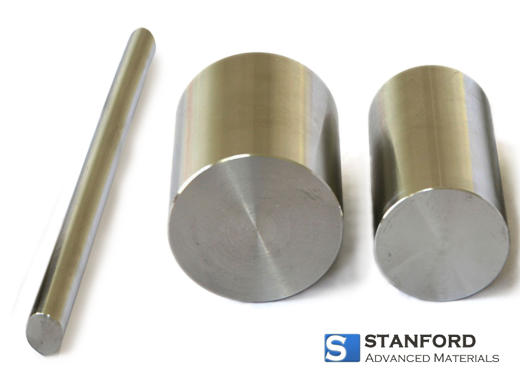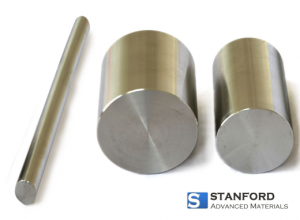Zirconia and zirconite are the main raw materials of zirconia in nature. Pure zirconia is a white solid that will appear grey or light yellow when it contains impurities, and various other colors can be displayed by adding a developer. Pure zirconium oxide is a kind of advanced refractory raw material with a melting temperature of about 2900 ℃. Zirconia usually contains a small amount of hafnium oxide, which is difficult to separate but has no obvious effect on the properties of zirconia.
Zirconia has three crystalline forms: monoclinic, tetragonal and cubic. The zirconia at room temperature only appears in monoclinic phase, and it will be transformed into the tetragonal phase when heated to 1100 ℃ or so, and it will turn into a cubic phase when heated up to a higher temperature. Due to large volume changes when the monoclinic phase changes to the square phase, and large volume changes in the opposite direction when cooling, it is easy to cause product cracking, which limits the use of pure zirconia at high temperatures. However, the tetragonal phase can be stabilized at room temperature after adding stabilizer, so the volume mutation will not occur after heating, which greatly expands the application range of zirconia.
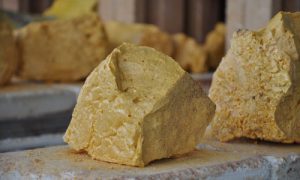
Refractory materials and casting
There are two main refractory markets for the fused zirconia. The first is the cast steel refractories in the steel industry, particularly for the production of isostatic pressure molding products, which include intermediate flow slots and ladle outlets and immersion nozzles.
The second major market is the refractory produced by the electric melting and burning method in the special glass industry. Zirconia gives the molten glass good resistance to high temperature and corrosion. As there is no reaction area, there is no gravel in the glass. Aluminum-zirconium silicon refractories are graded by the content of zirconia, which is determined by the content of zirconia in the product.
Investment casting
For fused zirconia, investment casting is another major specialized market. For example, zirconia is commonly used as a model coating for the casting of special products such as aerospace engines, turbine engines, and golf clubs. Zirconite is used in investment casting because it can form actual contact with hot metal alloy to protect the die from thermal shock.
Abrasive substance
The polishing tools used in the ceramic industry, such as grinding wheel pieces and non-metal blades used in stone cutting, are made into coarse abrasive particles by mixing zirconia and alumina according to a certain formula, and then made into a grinding wheel or coated on the surface of grinding tool after thermal processing. This method can be used to polish steel and metal alloys.
Advanced ceramics and special products
For stable zirconia, the roasting control board for electronic components is a major market. Stable zirconia is also used in oxygen sensors and fuel cell partitions because it has the ability to allow oxygen ions to move freely in the crystalline structure at high temperatures, and the high ionic conductivity makes it one of the most promising materials for electrical ceramics. Chemical-grade zirconia is often used in electric melting products, and other special product markets include vacuum pumps and high-value components, special tool parts and brake lining. Fully stable cubic phase yttrium stabilized zirconia is used in the jewelry industry as a cheap alternative to diamonds.
Stanford Advanced Materials supplies high-quality zirconia products to meet our customers’ R&D and production needs. Please visit http://www.samaterials.com for more information.
